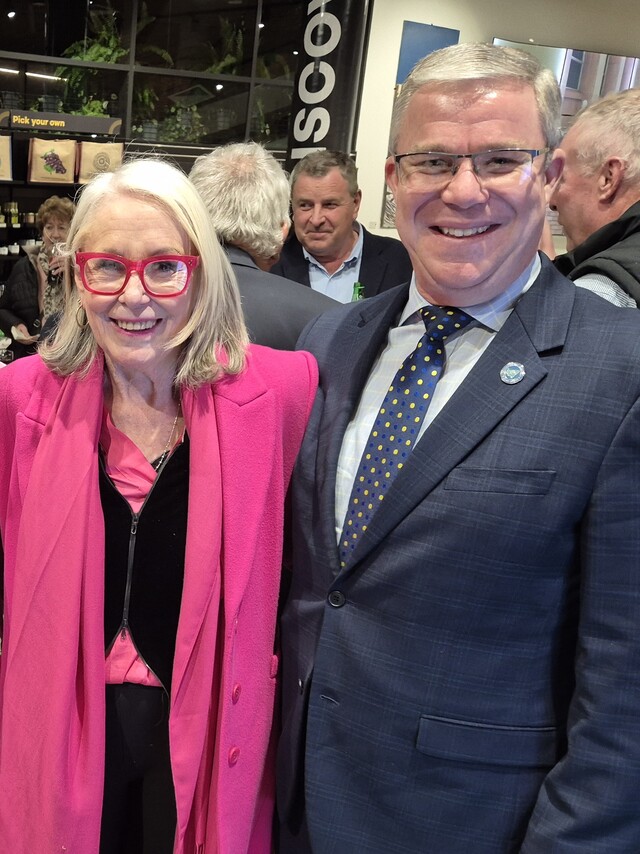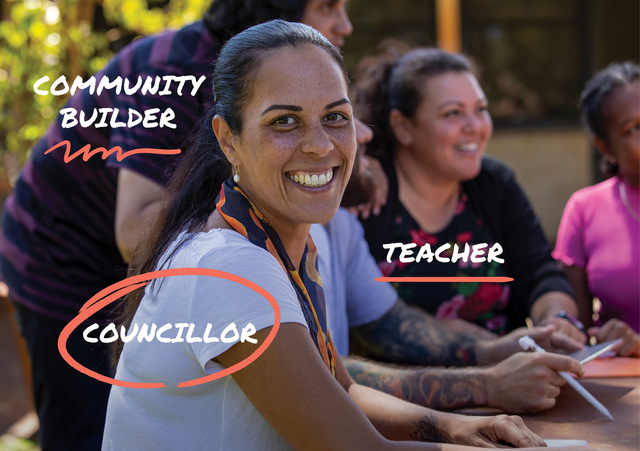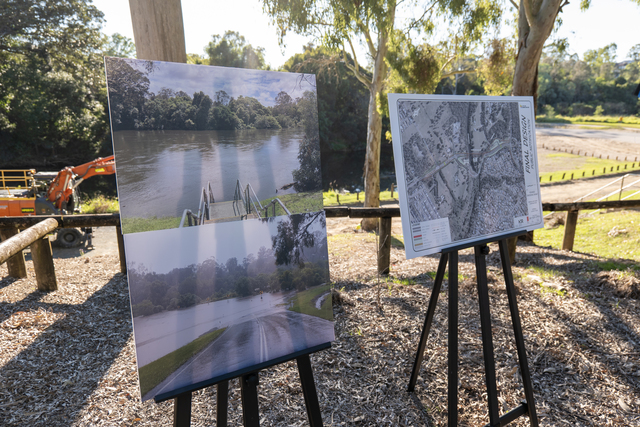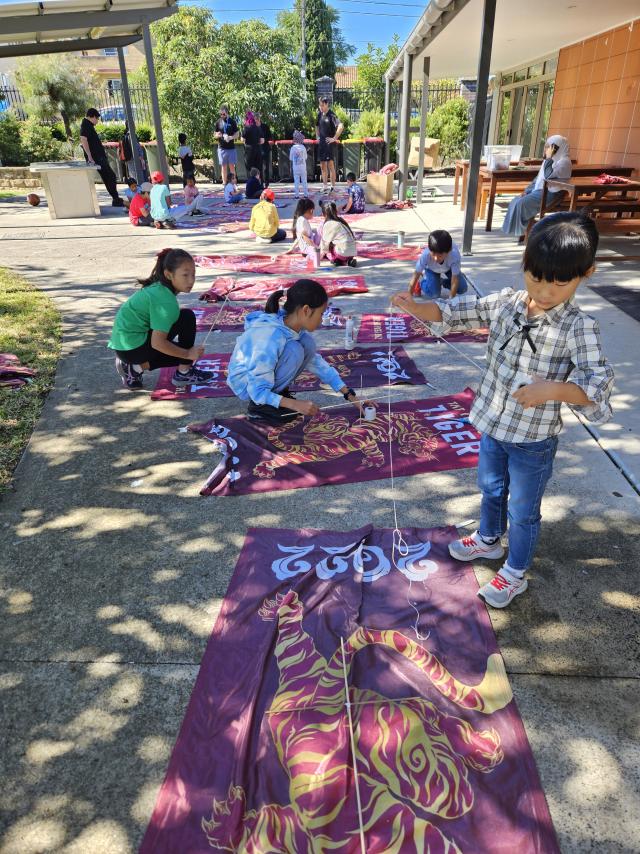Miriam Vale a prime example of what can be achieved when Local Government works in partnership with the Commonwealth
Residents of Discovery Coast have lived up to the region’s name and found an innovative way to improve health care in their community. Thanks to the efforts of the Miriam Vale Shire Council in applying to the Commonwealth for funding under its Regional Health Services Program (RHSP), residents now have access to a comprehensive range of health care services. Miriam Vale Shire Council secured nearly $2 million over three years under the program. It is one of nine Local Governments to manage a regional health service, out of the 124 services funded under the program.
The Discovery Coast Health Service had humble beginnings and illustrates the possibilities that can take shape when Local Government bodies are open to supporting their community beyond the usual 3R’s. From a community with access to only a visiting child health nurse, women’s health nurse, community aged care services and locum general practitioners, the Miriam Vale Shire now boasts a much wider range of services. Commonwealth Regional Health Services funds have enabled access to a local community nurse, visiting occupational therapist, dietitian, social worker, psychologist, mental health workers, alcohol and other drugs services, physiotherapist and massage therapist, as well as increased hours for the child health nurse.
The presence of the Discovery Coast Health Service has also enabled it to become a hub for the delivery of other local or visiting services, such as two permanent general practitioners, optometrist, diabetic educator, chiropractor, continence adviser and exercise and fitness coach.
Two years ago Miriam Vale Shire, a region between Gladstone and Bundaberg which includes the communities of Miriam Vale and Agnes Water, was identified as lacking in health services, transport, communication, education, employment opportunities and social services in comparison with many other rural communities in Queensland. The area was undergoing rapid growth but remained comparatively isolated from larger provincial towns. Agnes Water, for example, is a one and a half hour drive from one of the larger provincial towns, and the road includes unsealed stretches. The community realised it needed access to a broader range of primary health services locally, so an enthusiastic community working party got to work.
The community sought assistance from the Commonwealth Government through its Regional Health Services Program. Funded by the Commonwealth Department of Health and Ageing, the program aims to improve the health and wellbeing of people in rural Australia by enhancing access to a broad range of health care services. Senator Kay Patterson, the Federal Minister for Health and Ageing, is pleased to see how the Regional Health Services Program is improving access to health services in rural areas. The program is an important part of the Commonwealth Government’s focus on rural health, which aims to improve the range of health care services and strengthen the health workforce in rural communities across Australia. Since 1996, around $2 billion has been spent on targeted rural health and aged care initiatives nationally.
The Discovery Coast Health Service is a prime example of how collaboration between the community and Commonwealth, State/Territory and Local Governments can improve health services in rural areas. In 2000, the Department of Health and Ageing funded the Bundaberg Division of General Practice to conduct a health needs assessment in the Shire. The community supported this planning work and became actively involved in information exchange. But this was just the beginning. To be in a position to submit a funding proposal under the Regional Health Services Program, the identification and costing of a local health response to the priority needs was required. Once again, key people in the community put in the hours to bring this to fruition.
The local Council then stepped up to the plate by making a commitment to act as the auspice for the Discovery Coast Health Service.
“A fledgling health service needs an organisation with the capacity for management that will support its infrastructure,” said Kay Chapman, Manager Community Services for the Miriam Vale Shire Council. “Local Government is in a prime position to offer this auspice and indeed is often the only local organisation with the capacity to do so.”
The Commonwealth Regional Health Services Program provides scope for a range of auspice organisations to be engaged. In Queensland, Miriam Vale Shire Council is one of two Shire Councils acting as a fund holder. Following the successful submission, the Discovery Coast Health Service was funded from June 2001.
Kay Chapman said that this was in no small part achieved through the support and efforts of the Miriam Vale Shire Council and its commitment to working with the people of the Shire. There were many challenges to the establishment of the Discovery Coast Health Service. The writing of the submission was a community based project that required collating all the necessary documentation and reaching agreement on the priorities to be addressed.
Locating the premises for the health service also proved to be a challenge. Several attempts to secure capital funding during 2001 were tried – all unsuccessfully. This was compounded by the limited range of sites immediately available, as is often the case in small rural communities.
Towards the end of 2002, however, the health service was successful in its application from the Department of Transport and Regional Services for $165,000 to be used to contribute to the purchase of leased premises. The success of this application was partly due to the fact that funds had already been committed through the Shire Council as well as the Regional Health Service. Attracting health professionals has been an ongoing struggle. Some of the lateral approaches the service has taken include flexibility in negotiating a variety of service agreement types, paying travel costs at the session rate and the use of a massage therapist working in conjunction with the physiotherapist to extend treatment options.
Taking on management of the health service has also been a catalyst for a structural overhaul within the Miriam Vale Shire Council. The restructured Council and the fact that it is actively involved in community health is a great example of the powerful partnerships that can be forged between governments, resulting in benefits to the community.
The partnership between the Local Government as auspice and the Federal Government as funder has resulted in a functional and accessible health service for Miriam Vale Shire. For further information freecall 1800 020 787, email ruralhealth@health.gov.au or visit the website at www.ruralhealth.gov.au







